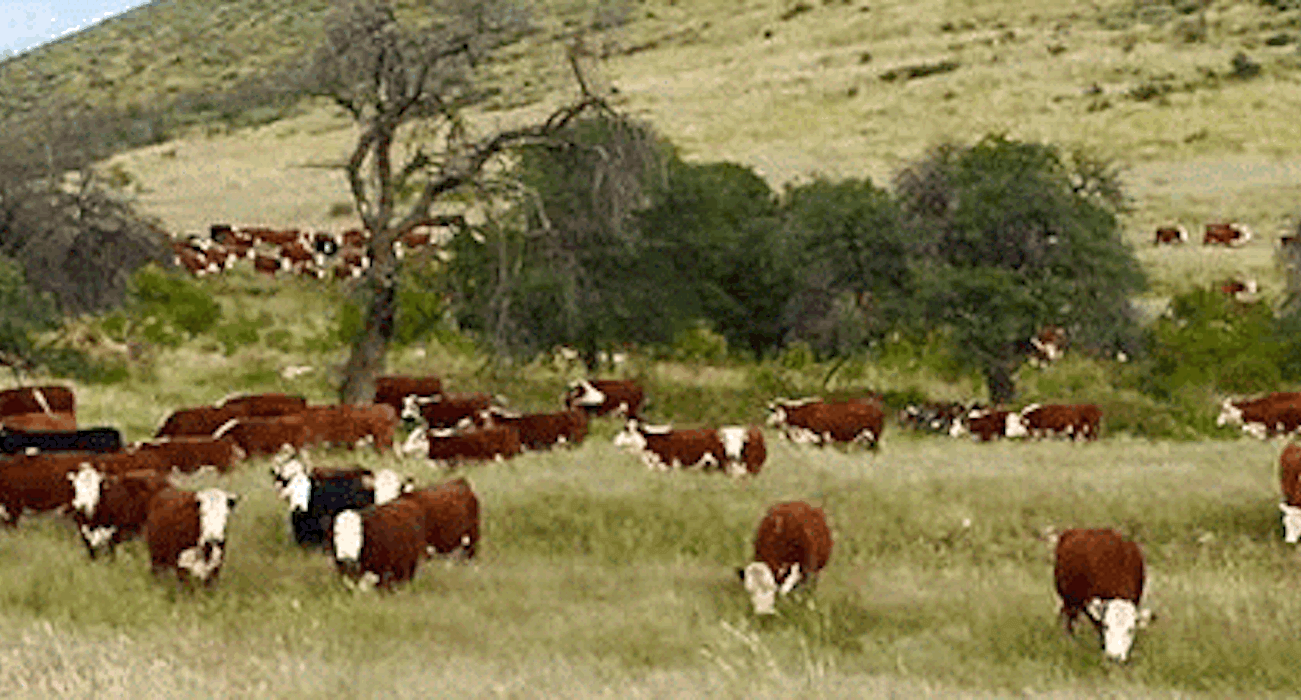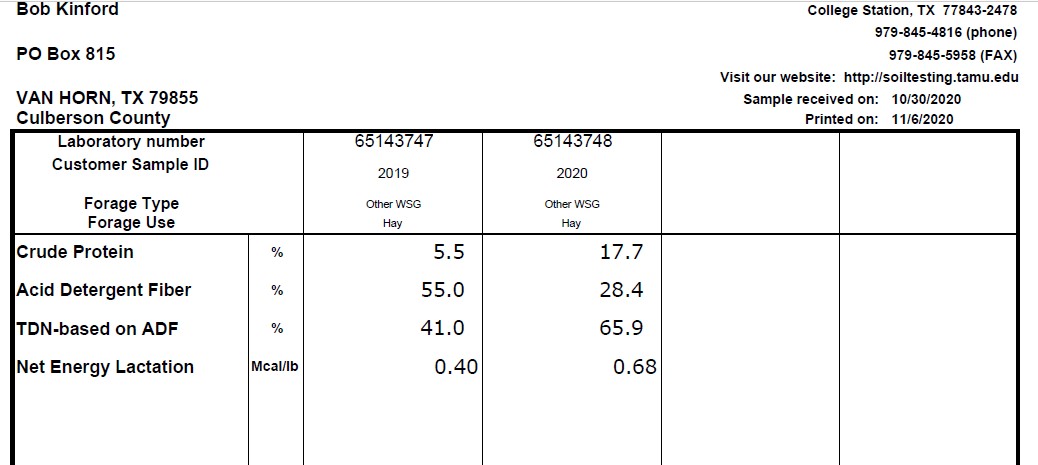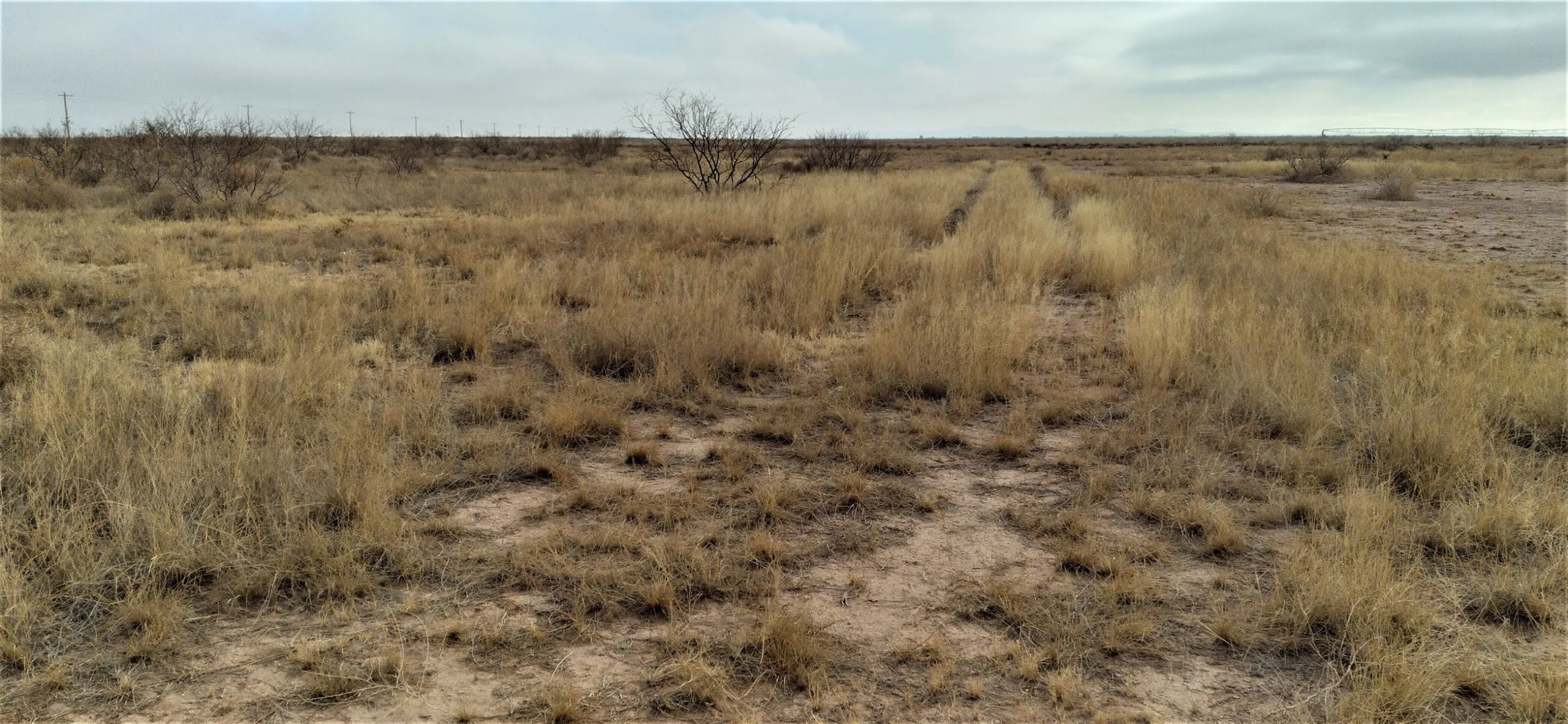Stocking Rates vs. Grazing Days, Recovery Rates and Necessary Impact

Below is an excellent piece by our friend “Cowboy Bob” Kinford. For several years, he helped us manage cattle herds on the high deserts of far-West Texas.
Paraphrasing Bob: Many holistic/regenerative grazers think that ultra-high densities, by definition, mimic wild herds. These grazers oversimplify by ignoring, forgetting or not realizing that wild herbivores did not always congregate and travel in mega-herds and that many species— not just bison—were present on the landscape, instinctively using different plants at different times. Depending on the conditions, which in the deserts always varied, a piece of ground may have been grazed several times a year, with different plant species being grazed at different times by different animals.
This is often very different than ultra-high density grazing. Bob thinks we must keep this in mind as we seek to reteach formerly instinctive grazing habits to domestic herds.
NOTE: this article was originally published to CowHerdManagement.blogspot.com/ on February 26, 2021. It was written by Bob Kinford.
People have asked why I like to look at grazing days over stocking rates.
By converting from the traditional stocking values of AUM’ (to grazing days) it gives us a more precise measurement of how much we have actually grazed, and a better idea of how to plan for the future, especially on diverse rangelands where we need to be flexible with our grazing plans.
For example, the project I’ve been working on for just over a year, is in an area where, under conventional management, the stocking rates are between 90 and 100 acres per cow. Fiuring the higher stocking rate of 90 acres per cow, this would rate the 3,500 acres I’m working with at 38.8 cows or 466.6 AUM’s.
By multiplying the number of cows it is rated for by 365, we come up with 14,162 “grazing days.” Approximately 1,200 acres of this property is abandoned farmland which when I took over management was dormant tumbleweeds. While most people look at dormant tumbleweeds as something with no feed value, the reality, shown in the forage test below, is that they retain a fair amount of feed value even a year later.

The farm ground had contained center pivots, all but three fenced into quarter sections. 275 calves were custom grazed on five of these field for 151 days. Figuring a calf at 0.7 animal units, each day amounted to 192.5 grazing days for a total of 29,067 grazing days
On March 1st, we brought in an additional 78 heavy cows and two bulls which were calved out, then the cows were sold on the 3rd of September. The 80 head for 125 days added an additional 10,000 grazing days for a total of 39,067 grazing days.
The first of October, another 81 head of pregnant cows were received. They browsed dormant tumbleweeds from 2020, as well as tumbleweeds left from 2019 which were sprayed with a 36% molasses for the remaining 92 days adding another 7,636 grazing days to the year, bringing the total to 46,703 grazing days.
In addition there were 60 head of cows grazed on the dormant weeds for 45 days, before being supplemented with hay, adding another 2,700 grazing days for a total of 49,403 grazing days.
While 3.448 times more than the local average grazing days, the numbers would have been much higher if the owner of the yearlings would have had the confidence to send more cattle. In order to graze and trample the 2019 tumbleweeds to make room for new plants, it would have required 1,000 calves for six months, which would have amounted to 126,000 grazing days (0.7 x 1,000= 700 grazing days per day, time 180 days.)
In turn, this would have increased the amount of forage grown for the year, which couldn’t grow through the previous year’s crop of tumbleweeds. The fact that it was a drought year, makes it more interesting. Out of a 12 inch average rainfall, most of the property had well under 4 inches of rain, yet, by being flexible enough to graze different areas at optimum times, there was some stockpiled grass at the end of the year, as shown below. This picture also demonstrates the complexity of diversity and recovery rates.

This narrow view contains three different grasses which received roughly 3.8″ of by the yellow color. The Tabosia is next in line, nearly a foot tall, but didn’t develop a seed head. This is followed by Alkali Sacatone, which didn’t have near enough time or moisture to to fully recover. Just out of this picture was a fourth species, volunteer Bermuda, which had only grown about a half an inch.
This presents the conundrum(s) of when is the optimum time for the plants to be grazed, in terms of both being the most beneficial to the plants, as well as nutritionally optimal for livestock.
What is largely ignored, forgotten, or not realized by most holistic/regenerative grazers trying to mimic wild herds, is that those herds were not continuously in megaherds, grazing at ultra high densities. Other than when both water and feed were at the peak, the megaherds were dispersed into sub herds, which were grazing the plants which were at their highest nutritional levels at the time they were grazing an area. Also seldom mentioned is that bison were not the only large herds of herbivores on the great plains.
There were also large herds of elk, antelope, and deer grazing across the same lands.
Depending on the year, a piece of ground may have been grazed several times a year, with different plant species being grazed each time. Typical holistic/regenerative grazing programs, utilizing small temporary fences and frequent moves (especially those which move daily, or several times daily) ignore the need of different plants at different times.
Rebooting herd instinct, and using Instinctive Migratory Grazing (IMG) practices, grazers are able to adjust grazing patterns to take advantage of plant diversity which is optimum for both plants and animals. By adjusting in this way, you are allowed to run more cattle at a higher than “normal” density, determined by the cattle while providing more stockpiled grass, as explained by Riki Kremmers in this podcast.
